Heatwave Spurs China’s Appliance Push, Samsung and LG Feel the Squeeze
Input
Modified
Record Heatwaves Boost Market Penetration
Korean Firms Counter with Premium Strategy
Japanese TV Brands Reassert Presence, Competition Intensifies
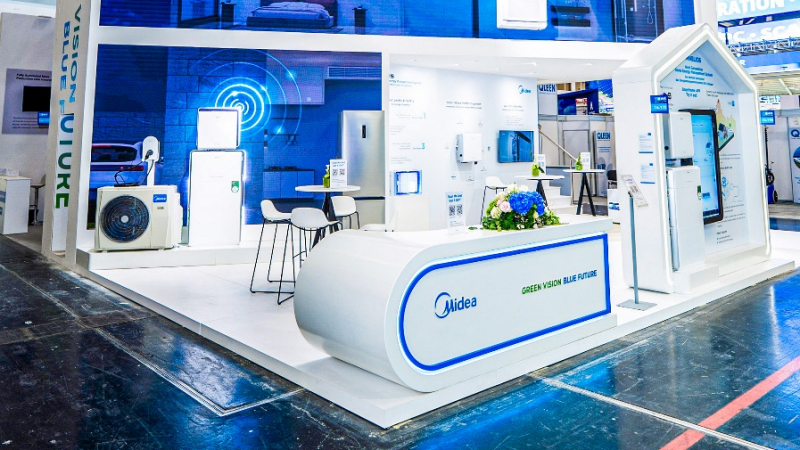
The record-breaking heatwave sweeping across Europe has given China’s Midea Group a crucial opening. Air conditioner sales surged in Germany and Italy, threatening the long-established foothold of South Korea’s Samsung Electronics and LG Electronics. Both Korean firms have leaned on a premium strategy, centered on built-in kitchen appliances and large-format TVs, but analysts say the payoff so far has been limited.
Simplified Installation and Price Strategy Drive Market Share Gains
According to S&P Global Ratings on September 24, Germany has become Midea’s second-largest European market after Italy. Last year, the company sold 160,000 air conditioners in Italy and 44,000 in Germany. Manuel Zittaler, Midea Germany’s head of strategy, noted, “In Germany, where mild weather and high costs kept air conditioning rare, our units have become hits for two years running.” Once seen as unnecessary, air conditioners are now in demand as Europe struggles with extreme summer heat.
Midea’s momentum has continued this year. In the first half, its European sales rose 35 percent year-on-year, with sales in France jumping 68 percent. This comes even as China’s overall air conditioner exports declined, underscoring Europe as a critical outlet for Chinese firms offsetting weak domestic demand. In a market that favors minimalist lifestyles, portable and wall-mounted units requiring no complex installation have played to the strengths of Chinese manufacturers competing on accessibility and price.
Europe’s strict building codes and a high proportion of rental housing also favored this shift. Split systems requiring outdoor units are hampered by permit and cost hurdles, but Chinese firms won over consumers with cheaper, ready-to-install options. A case in point is Midea’s locally developed “PortaSplit” model, which can be installed directly by users and drew strong response in Germany. These tailored strategies, combined with price competitiveness, offered European consumers new choices and expanded the presence of Chinese brands.
The shift is reshaping Europe’s appliance landscape. Samsung and LG had been building their European footprint through heating, ventilation, and air conditioning (HVAC), but Chinese rivals such as Midea and Hisense quickly ate into market share with affordable models. Demand for costly, high-efficiency heat pumps has faltered amid economic headwinds, clearing space for budget-friendly Chinese units. Even in Europe, once dubbed an “air conditioner desert,” Chinese brands are becoming mainstream—raising new competitive stakes for Korean firms.
Samsung and LG Push Premium Strategy
The limited success of Samsung and LG’s premium push explains growing skepticism. Both sought to avoid direct price wars by delivering differentiated value. According to Global Market Insights, the global premium built-in kitchen appliance market is projected to expand from 17.9 billion USD in 2023 to 27.4 billion USD in 2032. Banking on this growth, Samsung and LG have promoted their upscale Dacor and SKS brands.
Samsung emphasized its luxury built-in line: Dacor refrigerators with full metal interiors and induction pro ranges featuring anti-scratch glass. LG rolled out custom hidden induction units and premium ovens, promoting “complete kitchen solutions.” Both companies worked to showcase their high-end image at major events such as Milan’s appliance fair.
Yet traction has been modest. In Europe, entrenched players like Bosch, Siemens, and Miele dominate the premium built-in space. A strategy built mainly on “luxury” and “design” has not set Korean firms apart. Meanwhile, Chinese budget brands offering solid performance at lower prices have mounted a stronger challenge. Samsung and LG’s premium strategy has thus driven up costs without clearly securing market share.
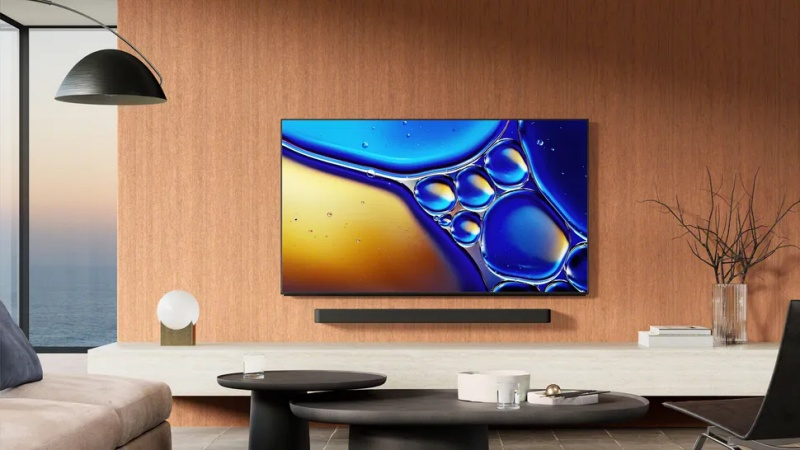
Japan’s Return Deepens the ‘Sandwich Crisis’
Adding to the pressure, Japanese firms are reasserting themselves in premium markets. Once toppled during the LCD transition, Sony and Panasonic are staging a comeback in the OLED era. At New York’s “2025 TV Shootout” comparison event, Sony’s Bravia 8 II won the “King of TV” title for the third straight year, while Panasonic’s Z95B placed third with its HDR quality and Technics-tuned sound.
Samsung’s S95F and LG’s G5 came in second and fourth, respectively. For a decade, both Korean firms emphasized brightness as their OLED TVs’ edge, aiming to deliver vivid screens in well-lit rooms. But with MiniLED TVs now achieving up to 5,000 nits of peak brightness through thousands of backlights and local dimming, leadership in brightness has shifted decisively. OLED competition has instead pivoted to accuracy, fine detail, and audio—areas where Japanese brands traditionally excel.
Chinese brands are also upgrading their TV strategies. Counterpoint Research reports that in Q4 2024, Samsung led the global premium TV market with 29 percent share, but TCL (20 percent) and Hisense (12 percent) followed close behind. Omdia projects China’s OLED adoption will climb from 47 percent last year to 78 percent this year, signaling further challenges for Korean firms if Chinese production scales up.
Taken together, Korean appliance makers face a two-front battle: Japan’s technology resurgence and China’s dual push in both budget and premium segments. Analysts warn that focusing only on brightness or design is no longer enough. Unless Samsung and LG reinforce their products with AI-driven features, service and content integration, and mid-tier premium lines, the “sandwich crisis” threatening Korea’s appliance industry could deepen, eroding long-term competitiveness.

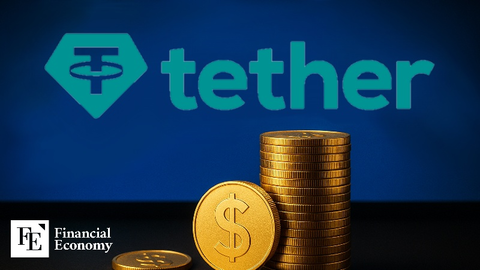
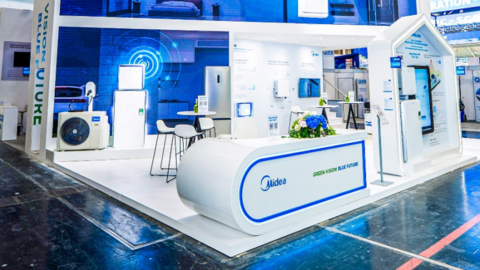

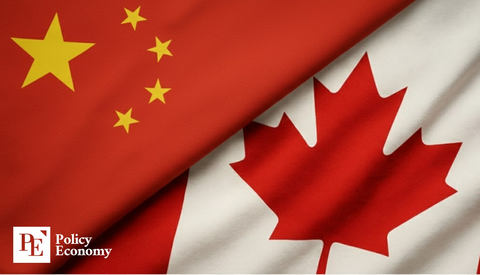
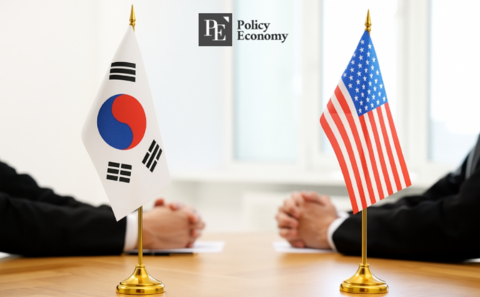
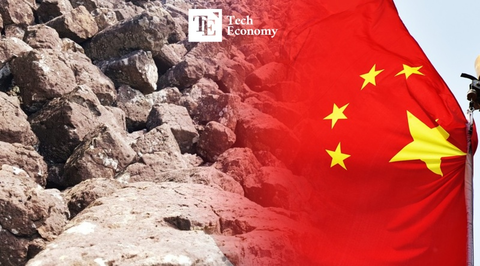
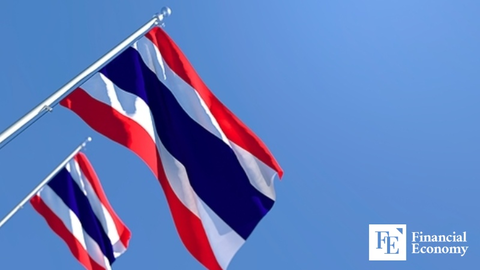
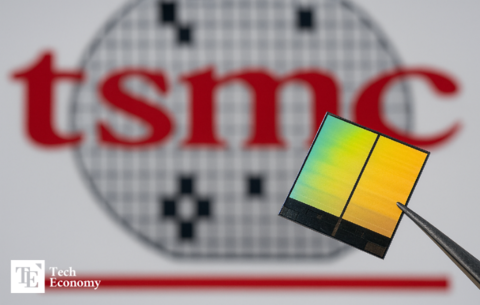













Comment